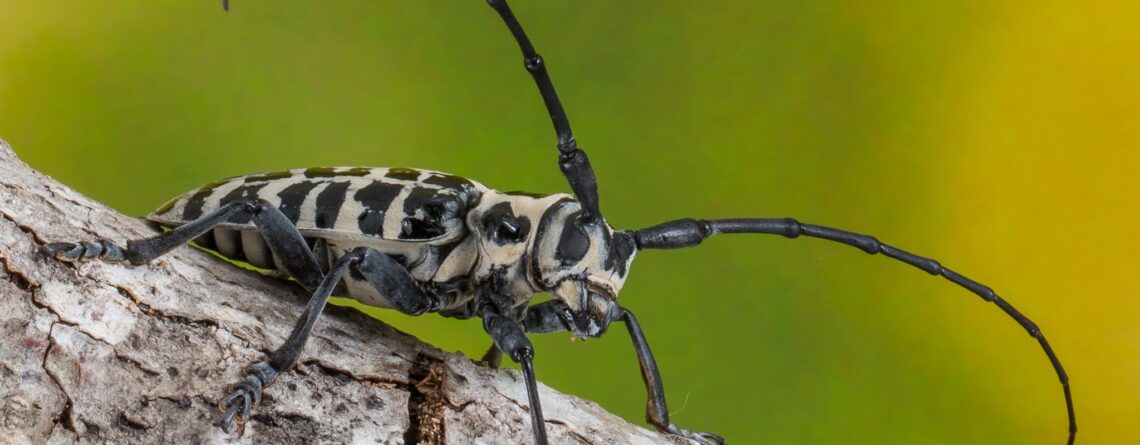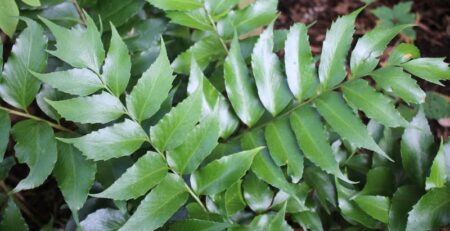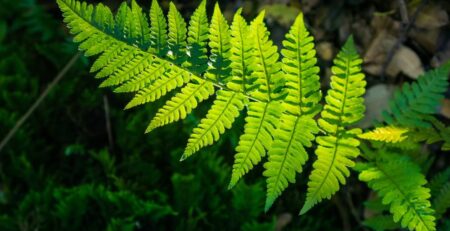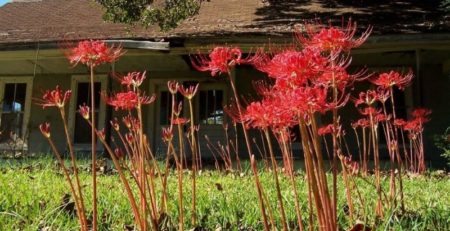What a Bore: Cottonwood Borer Beetle
Sitting in my Adirondack chair on the patio in August, enjoying the quiet of yet another very warm afternoon, I felt what I thought was a hummingbird fly into the back of my head. How odd! Searching the nearby air yielded nothing. Then I saw something crawling on the patio. A gigantic creature showing the most exquisite pattern I’ve ever seen, similar to a houndstooth pattern in fabric. The “antlers” were longer than its body, which itself seemed much too large to be an insect, at least in the U.S.
With some help from iNaturalist app 1, I discovered this to be a Cottonwood Borer, or Long-Horned Borer. What an appropriate common name, seeing the size of the antlers or horns! The other common name is based on its main food source. Both common names reveal its effect: it bores into trees, primarily cottonwood and poplars, but sometimes willows and other soft-wooded trees.
A member of the order of Coleoptera (beetle), family of Cerambycidae (specifically long-horn beetles), the Plectrodera scalator (Cottonwood Borer) feed on fast growing trees and play a large role in decomposing fallen trees.2
Mature Cottonwood Borers, indeed one of the largest insects in North America, measure 1 3/4” long and ½” wide, and appear in May through July. Impregnated females lay yellowish-white eggs at the base of the tree into places of chewed bark. Within 1-2 weeks, the eggs pupate into larvae 1 ¾” – 2” that form galleries, or tunnels, at the base of the tree.3 This boring under the bark causes a girdling or cutting off of the xylem pathways, weaking the tree and roots. Cottonwood trees are very fast growers, with relatively short roots, so when borer larvae damage it, the windstorms of Texas act quickly to fell the tree. Adults eat bark, leaf stems, as well as tender shoots of young trees, but live only a month or two4. The beautiful coloring on the adult is actually masses of microscopic white hairs, which is unique to each beetle, like a fingerprint.5
Cottonwood borers are native insects. To limit their destruction to host trees, orange oil has been effective. But avoiding overly sandy or clay type soil for young cottonwood saplings may be the best defense, along with befriending birds, lizards, and bats. The Cottonwood borer can provide a painful bite, though it is not poisonous. I am sure grateful the one that flew into my head did not mistake me for a cottonwood sapling. And I am fortunate to have strong roots.
1 https://www.inaturalist.org/taxa/205777-Plectrodera-scalator
2 Texas Bug Book: The Good, the Bad, and the Ugly; Howard Garrett & C. Malcolm Beck
3 https://texasinsects.tamu.edu/cottonwood-borer/
4 https://www.fs.usda.gov /Internet/FSE_DOCUMENTS/stelprdb5349693.pdf
5 https://gpnc.org/fauna/insects/cottonwood-borer/ Great Plans Nature Center has a great video of a female laying eggs, complete with orchestral rendition of Lord of the Dance audio.











